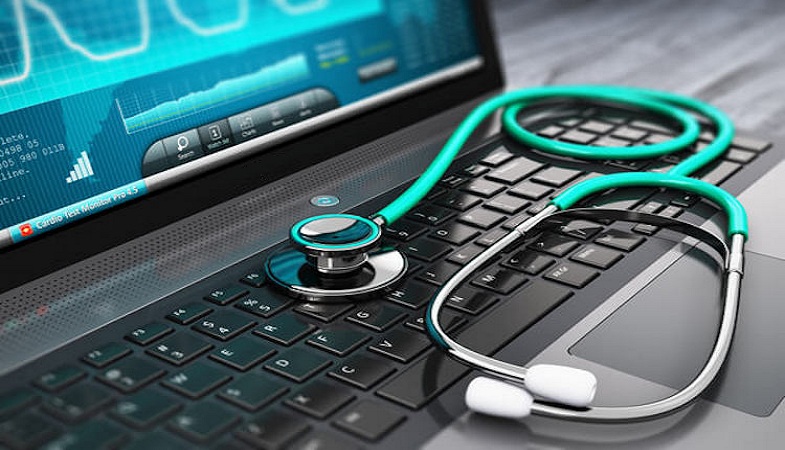Ever wondered how super sleuths and healthcare data could be interrelated? Well, they are in the scenario of personal sensitive health care data being vulnerable to misuse. Since health forms one of the core aspects of our lives, the safety of the information plays a key role in helping us have safe and secure lives. Security trends in this mobile world have changing perceptions and need close analysis and that is what this article aims to do. Artificial intelligence and big data can go a long way in transforming the healthcare sector. From transmissions of a large amount of data simultaneously to analyzing signs of attacks, information technology, if used correctly can transform the healthcare sector in this mobile world.
Learning from past breaches
One of the cornerstones of IT is accepting past mistakes and learning from them to build a better future for all. Securing healthcare data is difficult. “There’s amazing concern that with mobile apps and mobile devices [and] Internet of Things that there’s less of a focus on quality control and information security development,” said Edward Grogan, vice president and CIO at Calvert Health System Inc. in Prince Frederick. Breaches usually occur through email malware and preventing these should be the key area of focus.
“Some of the lessons learned from that breach [are] to consider the weakest link and evaluate third-party vendor security,” Grogan said.
Protected Health Information (PHI), what is stolen, is usually sold. Prices range from $20 to $50, based on pieces of a patient’s medical documentation to an entire record.
Solutions and looking forward
While this is a sensitive area which demands utmost care as it is filled with uncertainty, there are certain areas that can yield positive results, if explored properly.
Data analytics
Apart from the controls of firewall access and password policies and firewall there are a lot more security measures that should be taken to preserve healthcare information. Analytics can be used in this regard to identify glitches and possible signs that lead to and detect that an attack is ongoing. Being as vast a pool of information as it is, to do this without data analytics, is next to impossible. Accuracy can also be achieved with this method. Cisco and Dell SecureWorks are companies that have started using data analytics into their products related to security in order to assist customers in safeguarding their systems from unwanted attacks.
Artificial Intelligence
AI is competent in estimating the traffic patterns and the different system logs within networks, and analyzing different events activated at servers or firewalls. Abnormalities in great amounts of data can be easily detected with AI. Hackers and cybercriminals pose the biggest threats to cyber safety of information. Traditional healthcare data tools meant for security may not be adequate to protect networks any longer.
“Adding analytics and AI to the security mix may help prevent and detect future attack,” said Reda Chouffani.
Wearable health technology and its many aspects
Health Insurance Portability and Accountability Act of 1996 shortened as HIPAA is under the legislation of the United States and provides privacy with data and protects medical information and keeps them secure. Many are under the information that data tracked by a lot of wearable devices are protected under this law but this is actually a myth.
A lot of the data collected is not covered under HIPAA.
“Then within a covered entity, only certain data that covered entity has falls within HIPAA, and the HIPAA Security Rule applies to a subset therein,” explains David Reis, Ph.D., vice president of information services and chief information security officer at Lahey Hospital and Medical Center in Burlington, Mass. “So name is likely a HIPAA-protected data element, but blood pressure alone is likely not, unless it is linked to a patient,” Reis says.
There are certain gaps, like if a person meets with an accident on a car; the health insurer as well as the auto insurer shall receive the medical bills of that person. The health insurer is responsible for protecting the health data of this person under HIPAA; the auto insurer on the other hand does not hold that duty.
The scary aspect is that of non-covered entities, which can tamper and use all results which may include shared data in a phone’s exclusive device identifier, running routes of the owner, sleep patterns and dietary habits of the owner.
Conclusion
Hence it is clearly discernible that healthcare is indeed a vulnerable sector, where if information is leaked, many lives can be at stake. Medical records determine a majority of persons’ lives and the safety of this, from hackers and other threats is of prime importance. While the world is progressing and putting advanced technology to all sorts of uses, the healthcare sector should not be left far behind. From monitoring results, to analyzing trends in data, everything can be done simply with the help of new age technology. To progress well and ensure the safety of medical records simultaneously, measures need to be taken to combat outside threats with modern equipment. This will ensure better and safer lives for all.
This article has been shared by Joseph Macwan working with Aegis HealthTech as senior developer from couple of years. He has extensive experience in Patient Portal Software Development, Implementation and Integration. The objective of writing this post is to focus more on technology for better patient engagement solutions and healthcare systems.
